Polish mining-waste site transformed into green oasis through restoration
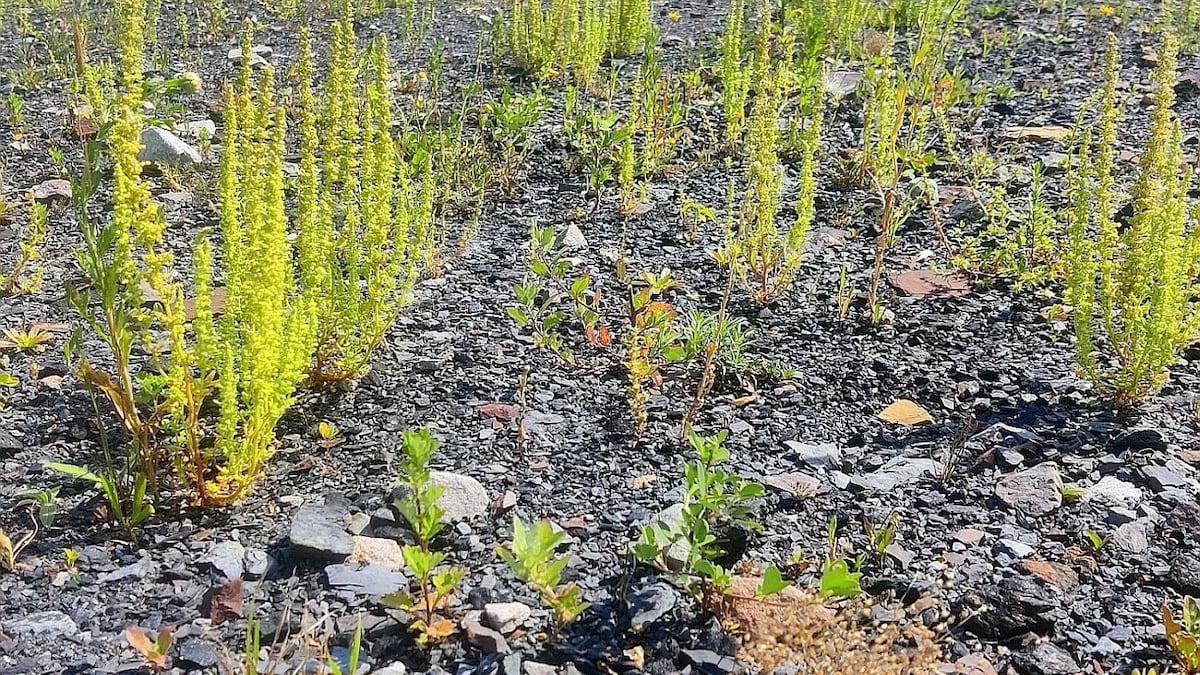
An experiment in Poland has successfully demonstrated the transformation of a former mining landfill into a vegetated, ecologically recovering landscape. The project focused on the rehabilitation of a site impacted by mineral extraction and waste accumulation, employing soil substitutes and engineered materials to support vegetation succession on severely disturbed terrain.
The restoration strategy involved replacing or improving degraded mine wastes with engineered soil substrates, combinations of coal-mine and power-plant by-products, such as fly ash and lignite aggregate, amended with organic matter and compaction control, to create a stable planting medium. Research highlights that selecting appropriate plant communities is critical: species adapted to harsh substrate conditions were used to initiate vegetation cover and soil development processes. Over time, that cover supported deeper root systems, organic matter accumulation, and improved substrate stability and fertility.
Ecological services assessment played a key role in planning and monitoring outcomes. The site’s restoration was evaluated in terms of ecosystem-service recovery, including carbon sequestration, air and water purification, biodiversity habitat creation, and erosion control. The project underscored that rehabilitation of post-mining landscapes is technically challenging but capable of yielding measurable benefits when designed with engineered and ecological integration.
Engineers and land-management practitioners involved in the project addressed geotechnical and hydro-engineering issues as part of the restoration scheme. For example, stabilization of waste-heap slopes, design of drainage and runoff controls, compaction of overburden materials, and selection of appropriate planting layouts were integral to successful landform redevelopment. From a civil-environmental engineering perspective, the approach exemplifies how infrastructure degradation zones can be repurposed by combining geotechnical stabilization, materials engineering, and ecological design.
While the specific landfill in the notice does not have publicly detailed metrics in the source, the broader body of Polish restoration research indicates that such transformations require multi-year commitments, monitoring of vegetation succession trajectories, and adaptive management of substrate and hydrology conditions.
This Polish restoration example contributes to understanding how degraded industrial landscapes, once considered “wastelands”, may be engineered back into vegetated, ecosystem-service-providing systems through integrated civil-environmental interventions.
Sources: RESTORATION OF ECOSYSTEM SERVICES IN POST-MINING AREAS: A RECOVERY Project Approach, Sustainability
Want to read more like this story?

DOE to test cutting-edge mining technologies at four U.S. mines
Sep, 30, 2025 | NewsThe U.S. Department of Energy (DOE) has launched a new funding initiative totaling US $95 million k...
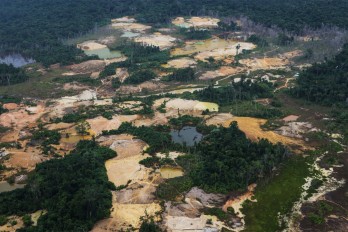
Amazon rainforest emissions surge due to gold mining operations
Oct, 29, 2025 | NewsGold mining operations in the Amazon are unleashing large quantities of carbon stored in forest soi...

Senate Passes Bill to Address Abandoned Hardrock Mining Sites
May, 07, 2024 | NewsIn a significant legislative move, the U.S. Senate has passed the bipartisan Legacy Mine Cleanup A...
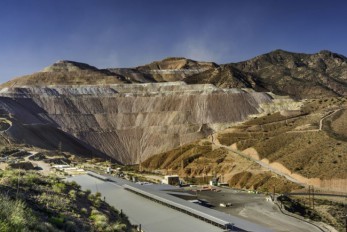
Mining waste disposal: A challenging issue
Mar, 04, 2019 | NewsThe time for Mining industry to change its approach about waste disposal techniques has arrived. Th...
Global geotechnical construction market forecast to grow at a CAGR of 6.1% till 2028
Apr, 29, 2022 | NewsThe global geotechnical construction services market is expected to grow from US$ 2,112.5 million i...
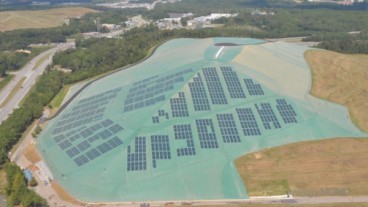
Veolia plans to turn former UK landfills into solar farms
Sep, 19, 2017 | NewsThe company has already secured planning permission to install solar panels across 3 landfill sites...

Civil Engineering in the Digital Age: Top Innovations Shaping the Future
Jul, 16, 2024 | NewsThe world of civil engineering is experiencing a significant digital transformation. Innovative tec...

New EU legislation on waste management
Jun, 08, 2018 | NewsBased on the principles of circular economy, the new guidelines aim for a drastic reduction of landf...

3D-printed buildings using soil material
Sep, 24, 2020 | NewsResearchers have developed a new technique to construct a building using a 3-D printer and soil mate...
Trending
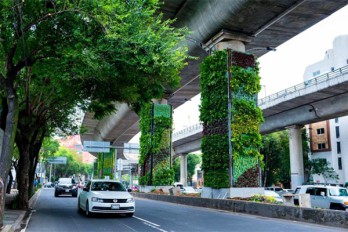
Vertical gardens in Mexico City to combat pollution

Characteristics of Load Bearing Masonry Construction

Taipei 101’s impressive tuned mass damper

Saudi Park Closed After 360 Big Pendulum Ride Crashes to Ground, 23 injured

Dutch greenhouses have revolutionized modern farming

Federal court rules Biden’s offshore drilling ban unlawful


